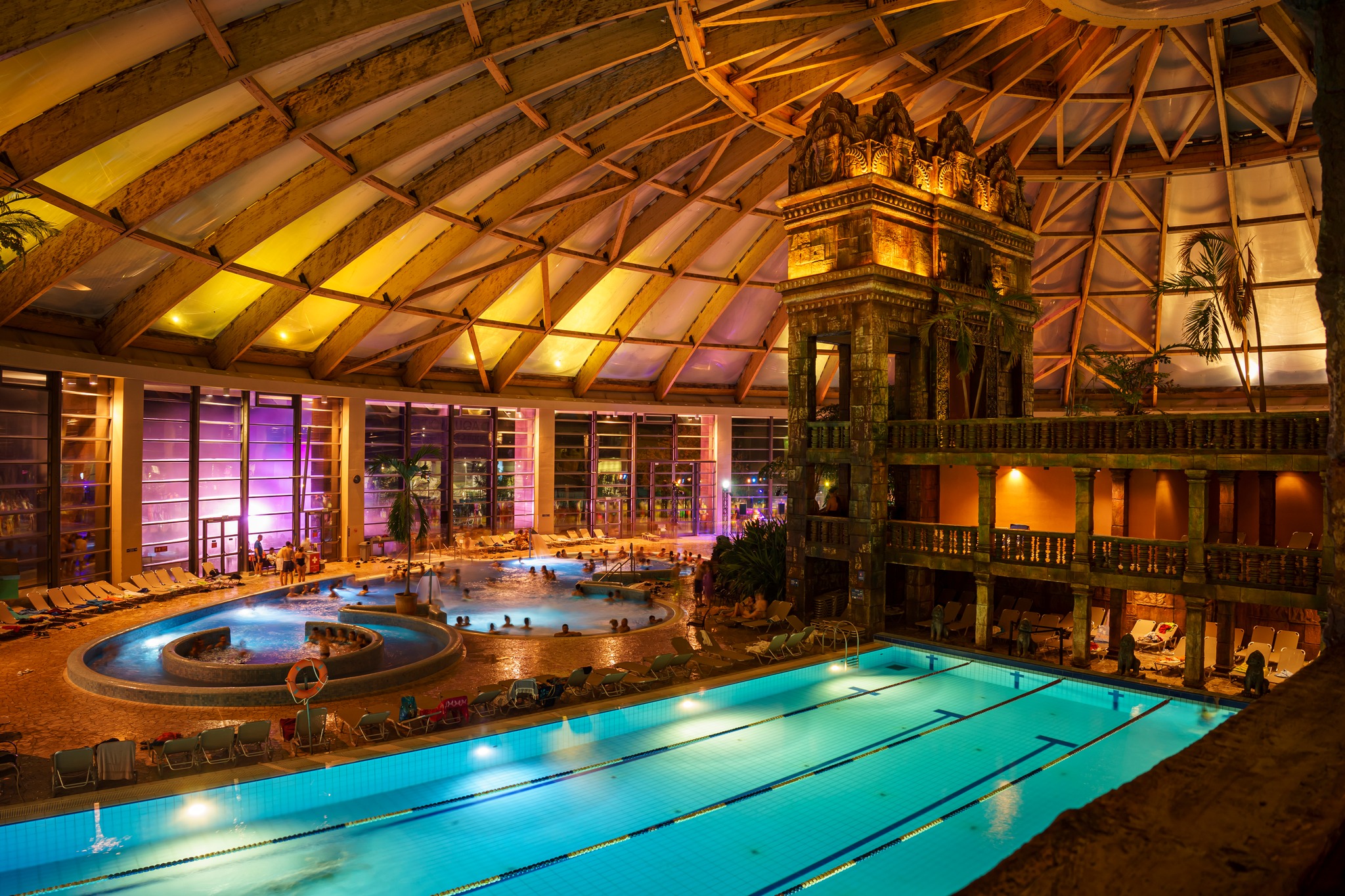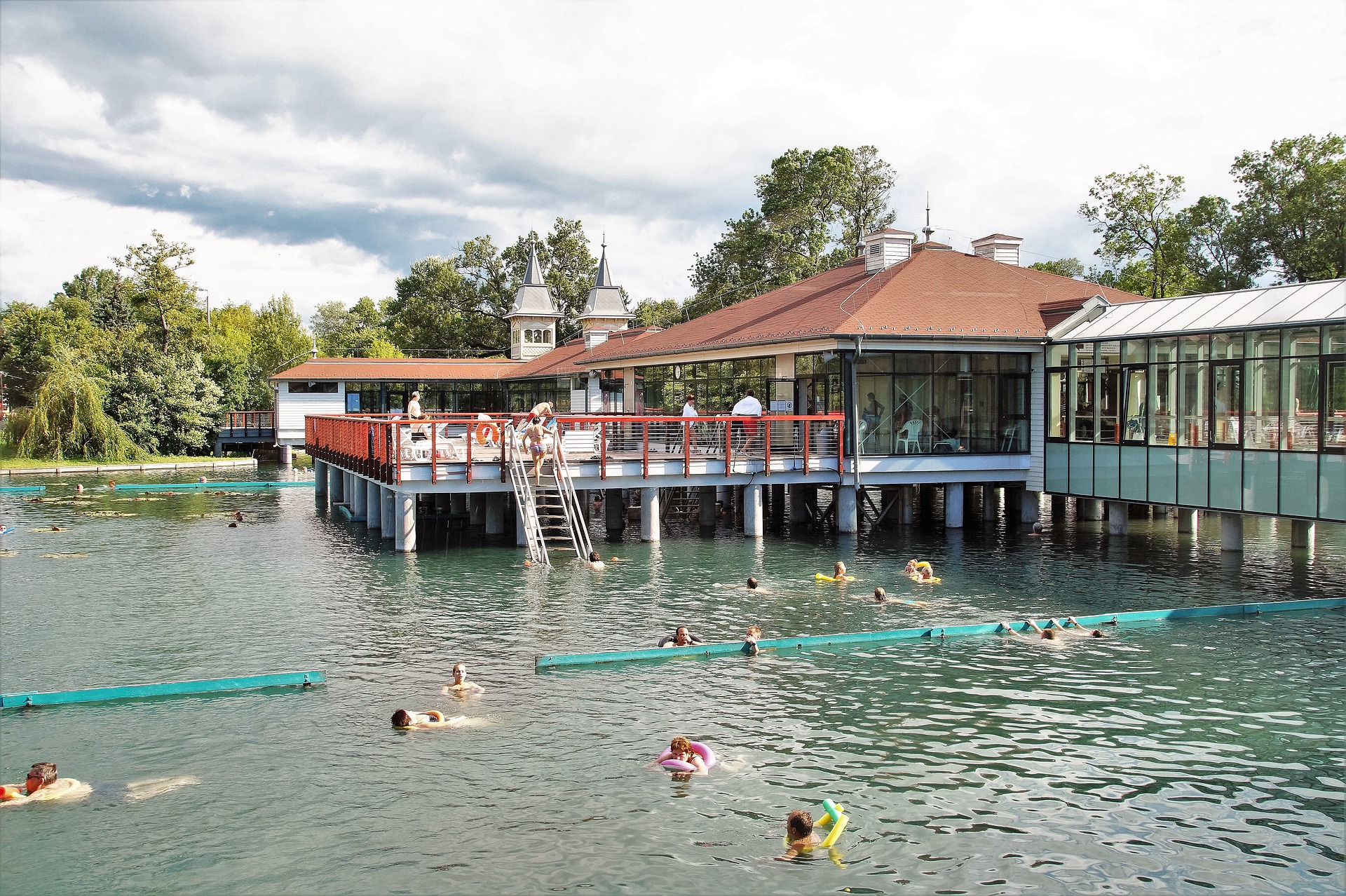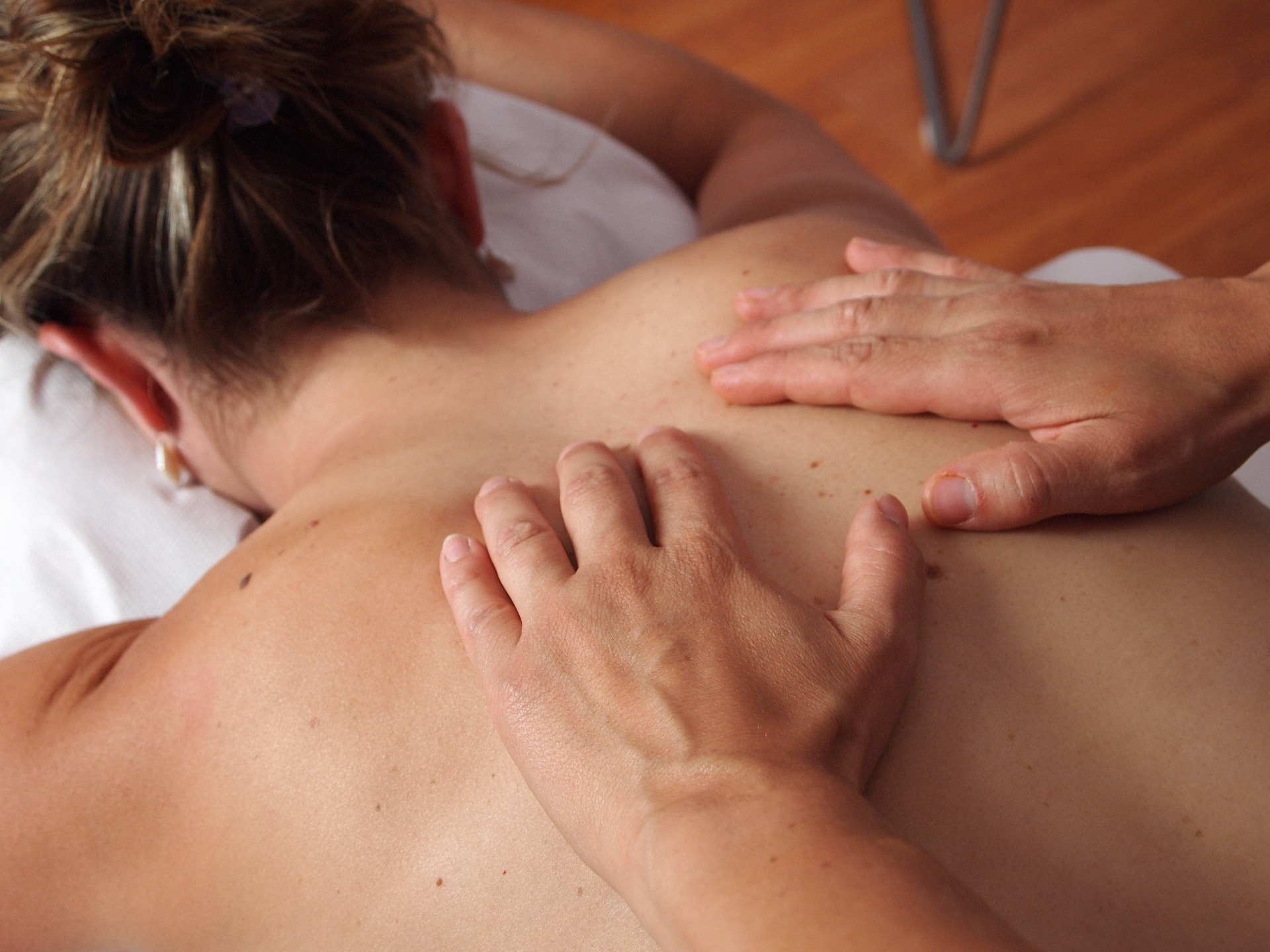
The operator of the spa wants to use the thermal water to cover the water supply for the pools and to upgrade the heating system, among other things.Continue reading

Health tourism has emerged from Covid as a winner, with the masses looking to escape quarantine. As a result, people have come to love and demand nature-based programs, old and new types of wellness services, the boundaries between which are becoming increasingly blurred. Forest bathing and Turkish baths are only two of the many wellness services Hungarians prefer recently.
Demand for outdoor leisure activities picked up during the Covid period, and this upturn has continued to this day. In fact, new gates have opened out of the closed world to a healthier, more nature-oriented life that many people had longed for, health tourism expert Andrea Szegedi told Világgazdaság.
And the sector has been able to respond to the increased interest, with a range of old and new programs on offer, such as forest bathing, or sinrin-yoku, which is a Japanese tradition that allows visitors to immerse themselves in the atmosphere and silence of the forest, or even in the sounds and characteristic scents of the forest.
During a forest bath, all five senses are activated as participants slow down, quieten down and focus inwards. Typically lasting 2-2.5 hours, the forest is emphatically not a location, but a partner in basking in the silence.
As early as the 1960s, the Japanese used sinrin-yoku as a way to protect themselves from the pressures of a fast-paced urban life. This is definitely something that Hungarians look for nowadays as well, with the trauma of Covid not yet passed and now facing the looming economic crises.
Covid also made people realize that while the home office has many advantages, there are also disadvantages to working within the four walls of your home. Confinement is associated with a lack of physical activity, and time spent in front of the computer in poor posture has been shown to have a detrimental effect on health. Szegedi reported that the number of people with musculoskeletal problems among Generation Z is increasing. As a result, more and more young people aged 17-18 are going to spas and massages because they suffer from back pain or headaches.

Photo: Pixabay
However, the expert also pointed out that there is a generation gap in the spa culture, because while our great-grandparents and grandparents knew how to take a thermal bath, today’s parents and children do not. According to Szegedi, it is important to teach young people that spas are not beaches and that thermal waters are healing, so it is important to know what they are good for and how they work.
Thermal bathing is also very popular in Hungary because the country is full of thermal waters and spa towns, so you do not have to travel hundreds of kilometers for a wellness experience.
Last year, almost one million medical bath treatments were carried out in national, district, and local baths. With a discounted pass, specialists can prescribe 15-20 suitable treatments twice a year.
The most popular subsidized medical bath treatment is the therapeutic hydrotherapy pool, followed by medical therapeutic massage and underwater group therapeutic gymnastics.
Featured photo via Pixabay